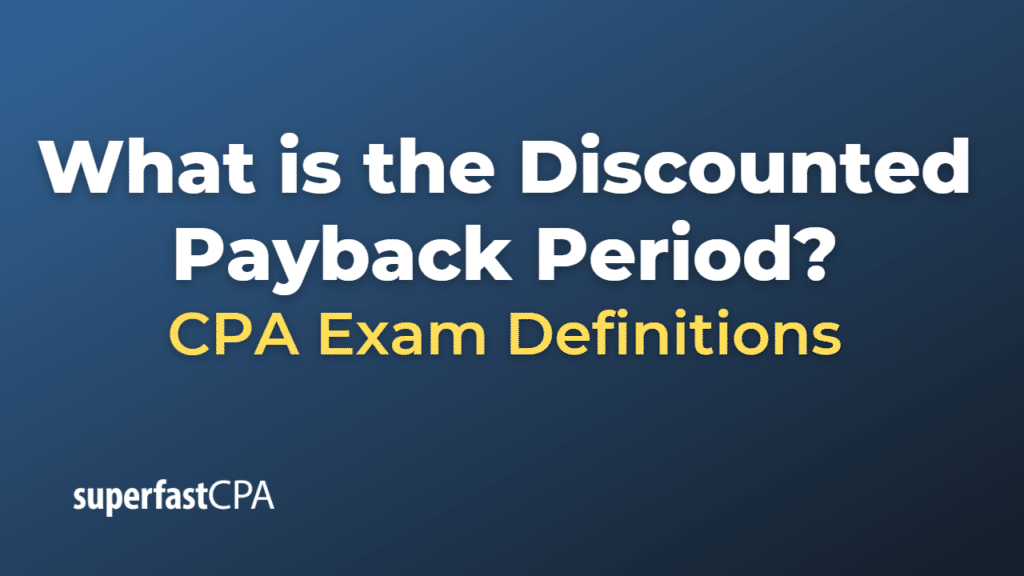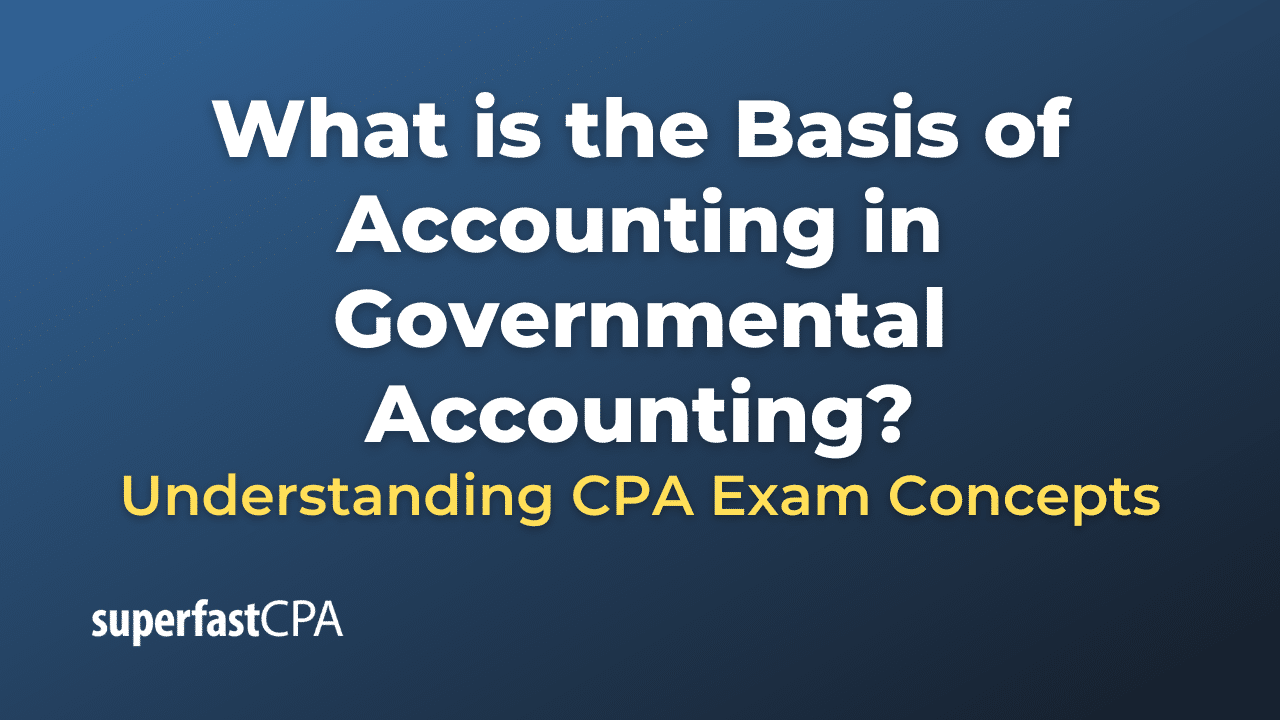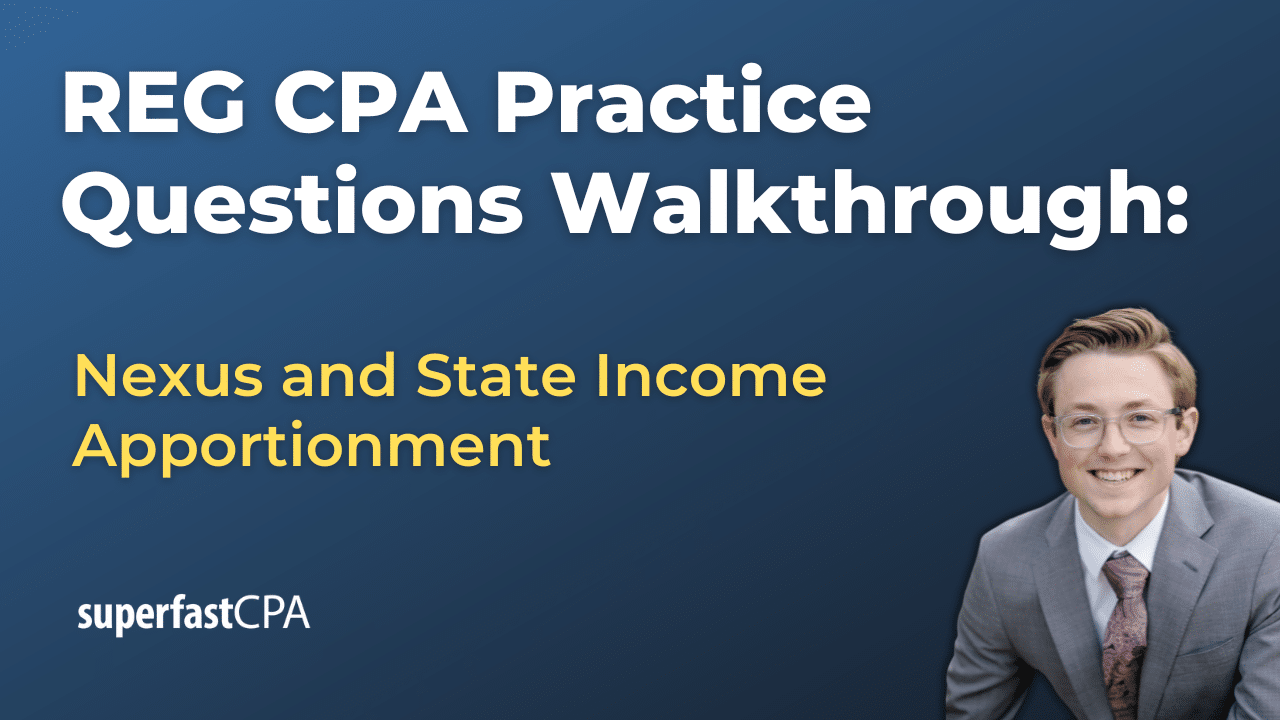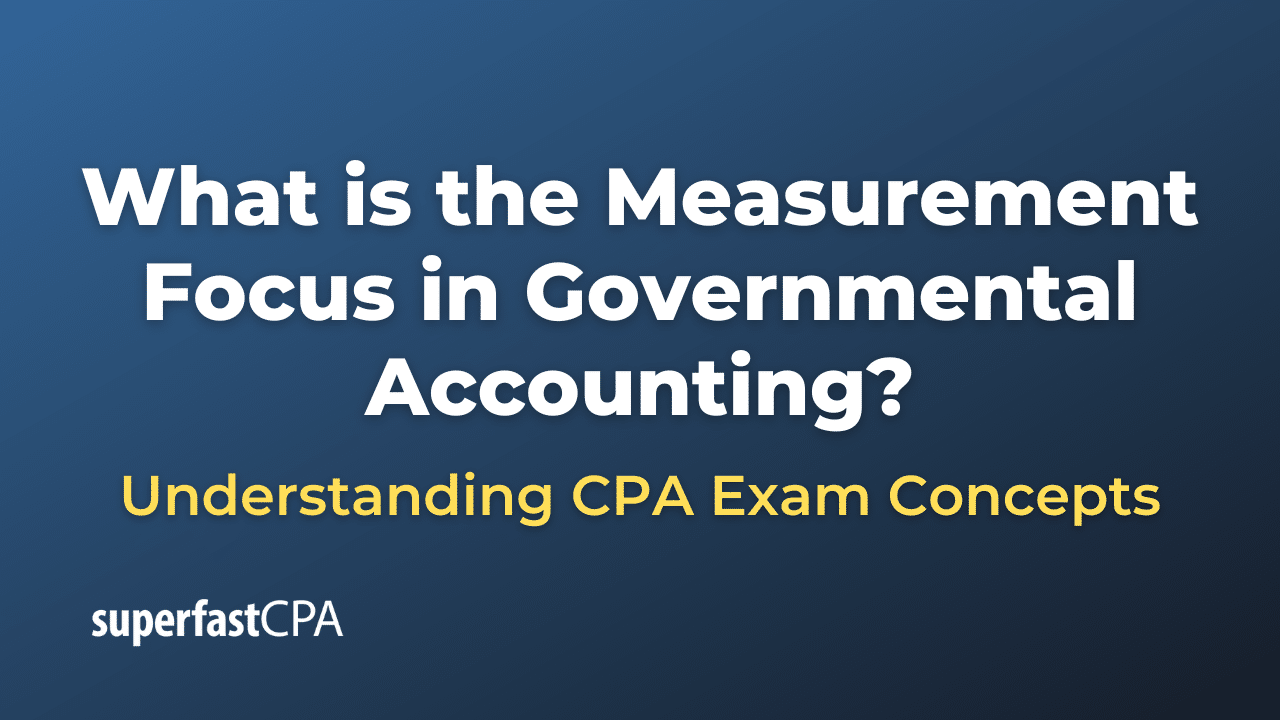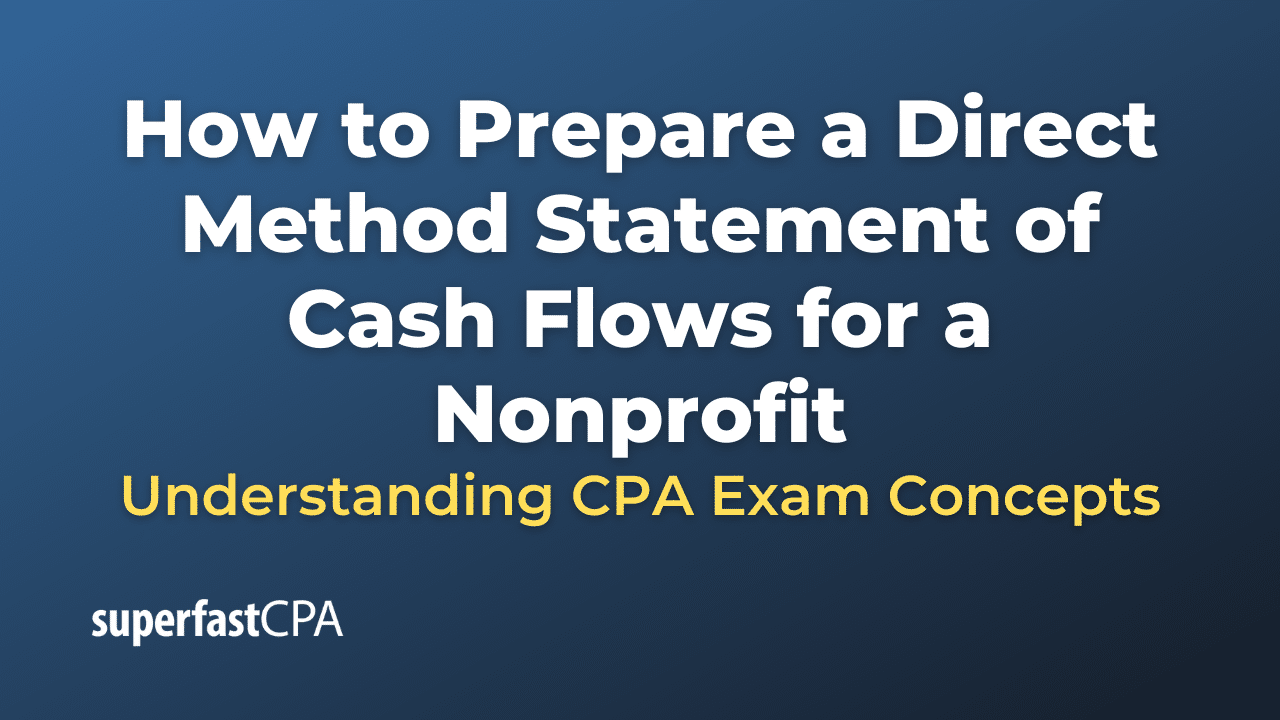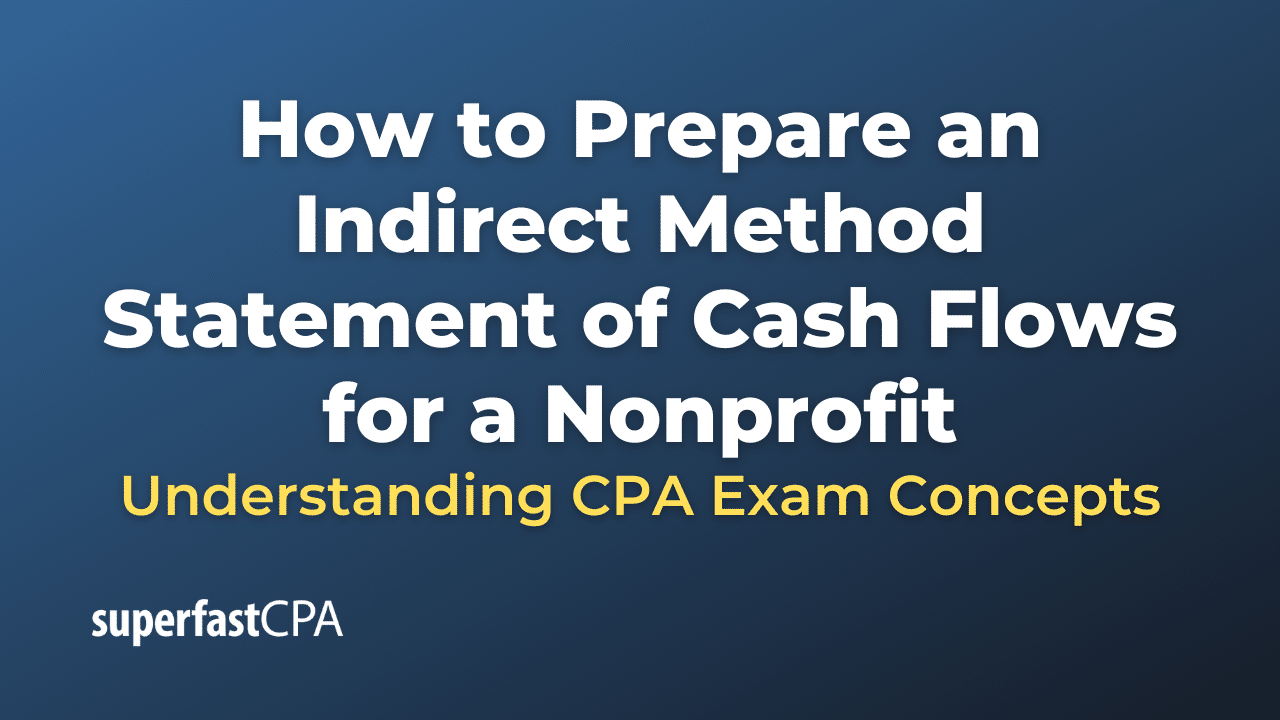Discounted Payback Period
The Discounted Payback Period is a capital budgeting procedure which is used to determine the profitability of a project. It indicates the period it takes an investment or a project to break even, or recover its initial investment cost, in terms of discounted or present value cash flows.
Like the standard payback period, the discounted payback period measures the time it takes for a project to pay back its initial investment. However, the key difference is that the discounted payback period accounts for the time value of money, a concept that reflects the idea that a dollar today is worth more than a dollar tomorrow. It does so by discounting the cash inflows from the project using a desired rate of return, often the company’s weighted average cost of capital (WACC).
Here’s how it’s calculated:
- Determine the estimated cash flows from the project.
- Determine the discount rate.
- Calculate the present value of each year’s cash flow by dividing it by one plus the discount rate, raised to the power of the year.
- Add up these discounted cash flows until the cumulative total equals or exceeds the initial investment. The point at which this happens is the discounted payback period.
By using the discounted payback period, companies can make more informed decisions about whether a project will provide a return that is worth the risk and the wait. However, it’s important to note that the discounted payback period, like all financial metrics, is a tool and should be used in conjunction with other measures to make informed investment decisions.
Example of the Discounted Payback Period
Let’s say we have an investment project that requires an initial investment of $100,000. It is expected to generate the following cash flows over the next 5 years:
- Year 1: $30,000
- Year 2: $40,000
- Year 3: $30,000
- Year 4: $25,000
- Year 5: $20,000
Let’s use a discount rate of 10% to calculate the present value of these future cash flows. Here’s how it would look:
- Year 1: $30,000 / (1 + 0.10) ^ 1 = $27,272.73
- Year 2: $40,000 / (1 + 0.10) ^ 2 = $33,057.85
- Year 3: $30,000 / (1 + 0.10) ^ 3 = $22,508.50
- Year 4: $25,000 / (1 + 0.10) ^ 4 = $17,094.56
- Year 5: $20,000 / (1 + 0.10) ^ 5 = $12,422.42
We then sum up the discounted cash flows until the sum equals or exceeds the initial investment:
- After Year 1: $27,272.73
- After Year 2: $27,272.73 + $33,057.85 = $60,330.58
- After Year 3: $60,330.58 + $22,508.50 = $82,839.08
- After Year 4: $82,839.08 + $17,094.56 = $99,933.64
As you can see, at the end of Year 4, the discounted cash flows total is less than the initial investment. However, sometime during Year 5, it will surpass the initial investment. You can estimate this by considering how much of the Year 5 cash flow is needed to reach the initial investment.
- Required amount: $100,000 – $99,933.64 = $66.36
- Percentage of the year required: $66.36 / $12,422.42 = 0.0053 (approximately half of 1%)
So, the Discounted Payback Period is approximately 4.005 years, or just over 4 years. This means that, taking the time value of money into account, it would take just over 4 years for the project to recoup the initial investment.

